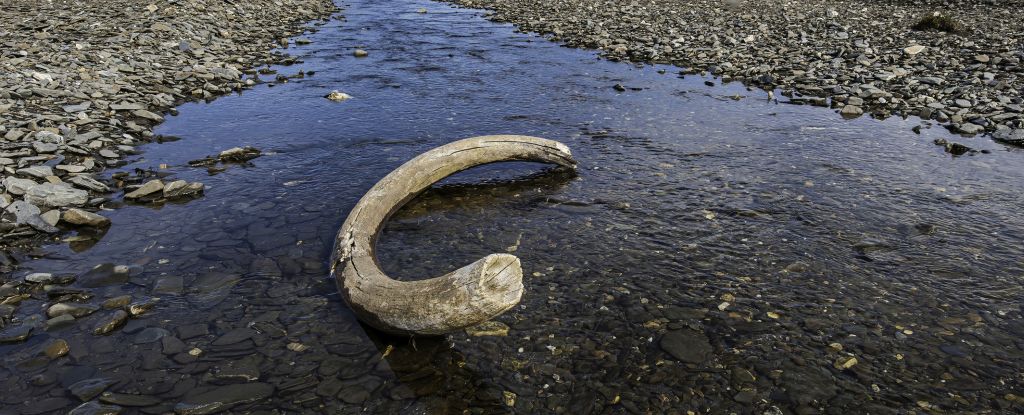Around 20,000 years ago, mammoths and their relatives were relatively plentiful. By about 10,000 years ago, they were all but extinct, their disappearance shockingly sudden given the millions of years they thrived on Earth.
One prevailing explanation cites a monumental change in climate. Around 11,000 years ago, Earth’s most recent glacial period – the Last Ice Age – came to an end.
But a new study has found that rising global temperatures likely had much less to do with the demise of the mammoth than we may have thought.
The new analysis has correlated the decline of the early proboscideans – the order of animals that includes elephants, wooly mammoths (Mammuthus primigenius), and their long-nosed relatives – with the arrival and rise of early humans.
“The emergence of modern humans escalated extinction rates, causing recent diversity decline, while regional climate had a lesser impact,” writes a team led by ecologist Torsten Hauffe of the University of Fribourg in Switzerland.
“Our model paves the way for an improved understanding of the intricate dynamics shaping clade diversification.”
The extinction of a species is often not the result of a single factor, but a sequence of circumstances that conspire against the ongoing survival of a specific organism. Increasingly inhospitable habitats, scarcity of food resources and increased competition for them, and predation by other species are all common contributors.
We know that early humans hunted mammoths. We’ve found plenty of mammoth bones that bear the scars of blades and butchery. But what role this predation played in the animals’ demise has been an ongoing debate.
Hauffe and his colleagues wanted to investigate what correlation, if any, could be found between the arrival of modern humans and the decline of the mammoth.
To do this, they used a neural network. They trained an algorithm to scour the fossil records, quantifying the reduction in proboscidean species, and matching these reductions against other factors in their environments to identify causes.
The model was fed data on 2,118 fossils across 175 species of proboscideans that lived between 35 million and 10,000 years ago, including changes to their morphology such as tusk size.
The model also looked at 17 possible factors that could influence populations of these animals, including climate and environmental data. And, of course, the arrival of early hominids some 1.8 million years ago, as well as the arrival of modern humans (Homo sapiens) around 129,000 years ago.
Initially, diversity was relatively low, yet unique adaptations slowly emerged as populations evolved to suit new environments and diets. This speciation was particularly prominent at the end of the Neogene period, with the teeth of different species indicating a high level of dietary flexibility.
Once humans arrived on the scene, though, it all went to hell in a handbasket. The extinction rate rose sharply, peaking with a 17-fold increase with the arrival of modern humans, independently of other contributing factors. In fact, climate was ranked fourth among the predictors, responsible for only a slight increase in the extinction rate.
This suggests that the heavy hand of the human hunter is now a strong contender for the leading cause of the decline of proboscideans.
“Our model… allows us to single out the effect of humans after accounting for all other factors, suggesting that the estimated 5- to 17-fold rate increase attributed to early and modern humans is not influenced by other factors considered here,” the researchers write.
“We found that while humans exhibit the greatest impact in the past ca. 120,000 years, our results also point to a weaker yet significant influence of the human lineage at earlier times, thus supporting other studies suggesting a long-lasting detrimental anthropogenic effect on biodiversity.”
The research has been published in Science Advances.





